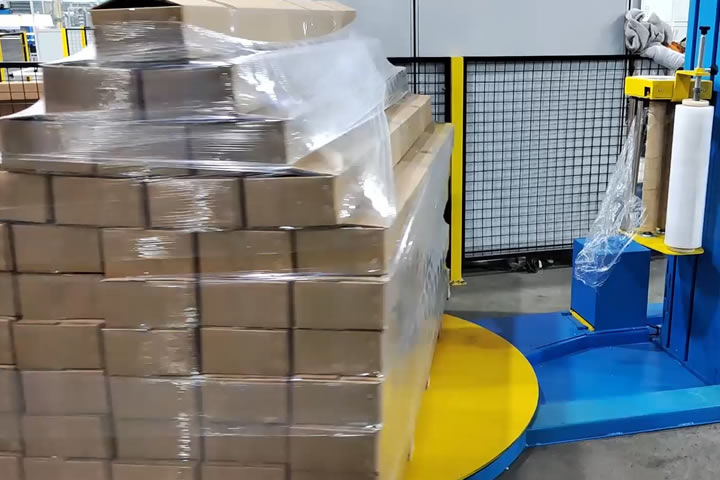"Can your machine really turn the old cartons piled up in my warehouse into treasure?" When Mr. Wang, a toy merchant from Zhejiang, came to visit our factory last month, he stared at the recycling packaging system we were debugging with a puzzled look on his face. His e-commerce warehouse generates thousands of discarded cartons every day, and just dealing with these packaging wastes costs an extra five-digit shipping fee every month.

We are accustomed to this scene. Since the explosive growth of e-commerce, the demand for carton recycling packaging has sprung up like mushrooms after rain. Especially for customers who do home furnishing department stores, they have to deal with violent logistics transportation and consumers' complaints about excessive packaging. The headache is comparable to walking on a balance beam.
The maternal and infant brand we worked with last year is a typical example. They specialize in imported milk powder, and each can is wrapped with three layers of bubble film. The outer box is deformed and scrapped after one use. Our engineer saw the pile of moldy cartons in the corner of the warehouse on site, and immediately proposed to try the recycling packaging system. As a result, three months later, the packaging cost of their newly launched organic rice noodles series dropped by 40%.
Traditional packaging machines handle old cartons like using embroidery needles to pry locks. Either the force is not enough or it is directly pierced. Our intelligent renovation detection module can scan every fold of the carton with an array sensor like an old Chinese doctor taking a pulse. Last week, when debugging equipment for a Shanghai book e-commerce company, their logistics manager saw with his own eyes that a box that was pressed into a "dumpling skin" could be restored to its original shape after being repaired by the system.
The most ingenious design of this system is the secondary packaging decision center that can "solve cases". After the old cartons are cleaned and shaped, the equipment will automatically select the best reinforcement plan based on the weight of the contents and the transportation distance. For example, for glass products sent to the northwest, the system will add shockproof strips at key locations of the box; while for textile products sent to the city, environmentally friendly lightweight reinforcements are used.
You may be curious: Can repeatedly used cartons withstand the rigors of logistics? The comparative experiment we conducted for an electrical appliance factory in Guangdong is the best illustration of the problem - cartons that have been recycled three times performed better than new cartons in simulated transportation tests. It turns out that the system will establish a "health file" for each carton, and automatically strengthen the edge protection when used for the third time, which is more considerate than a housekeeper.
What surprised customers even more was the consumables saving effect. A fresh food platform in Jiangsu used to consume tens of thousands of meters of tape every day. Since the introduction of the carton recycling packaging solution, not only has the amount of tape used been halved, but even the packers' lumbar muscle strain has been reduced by more than half. Their operations manager joked: "Now we no longer hear the sizzling sound of tearing tape next to the packing table. It's more like playing Tetris - the new fun is to fit the repaired boxes tightly into the logistics truck."
Of course, technological breakthroughs are always accompanied by interesting episodes. In the early stages of research and development, we were stumped by the cat scratching board cartons of a pet food factory - those boxes covered with paw prints were accidentally turned into limited edition cultural and creative packaging after being processed by the recycling system. Now the repurchase rate of this customer has soared, and it is said that many consumers specialize in collecting their "cat co-branded" express boxes.
Standing on the observation deck of the workshop and looking down, watching the rows of old cartons being reborn on the assembly line, I suddenly felt that these brown square boxes were like being cast a magic spell. Some had just unloaded Hami melons from Xinjiang and turned around to escort fresh beer from Qingdao; some were wrapped in Northeast rice in the morning and were converted into Lingnan lychees in the afternoon. On this green packaging production line, each carton is writing its own circular life.
If you are also worried about the piles of cartons, or the high packaging costs, you are welcome to come to our factory to see this "magic" recycling system. Maybe next month, those "retired" cartons in your warehouse will be able to put on new clothes and go back to work - who doesn't like something that is environmentally friendly and saves money?

